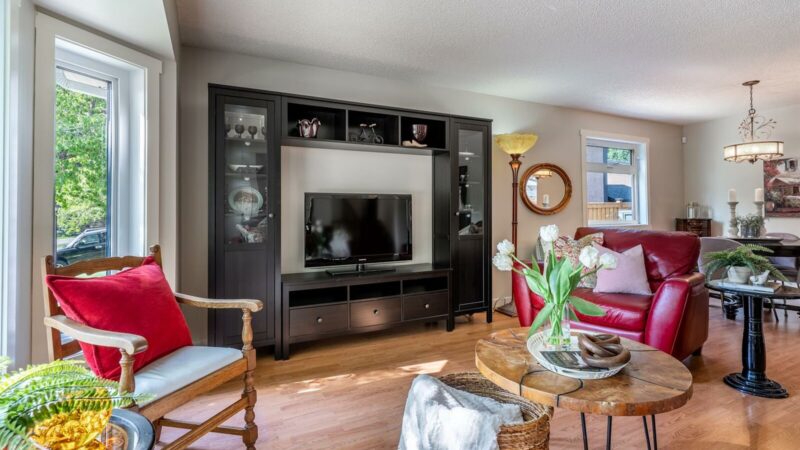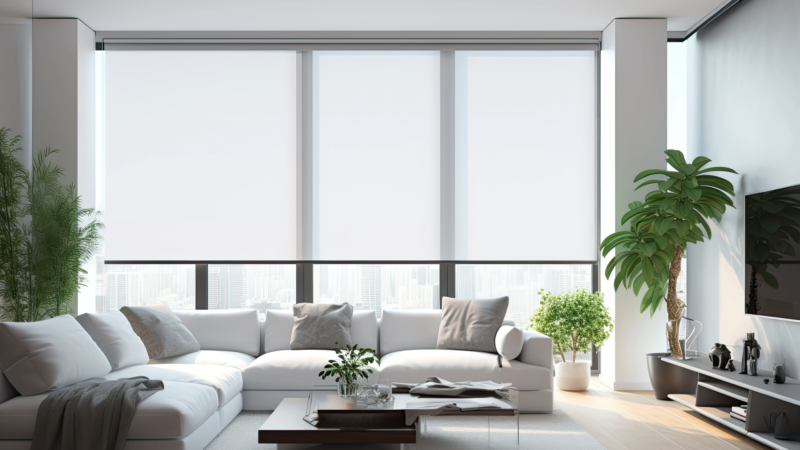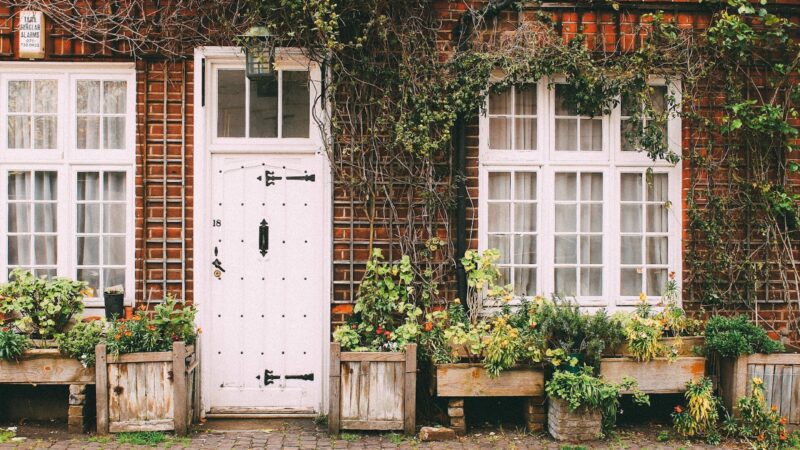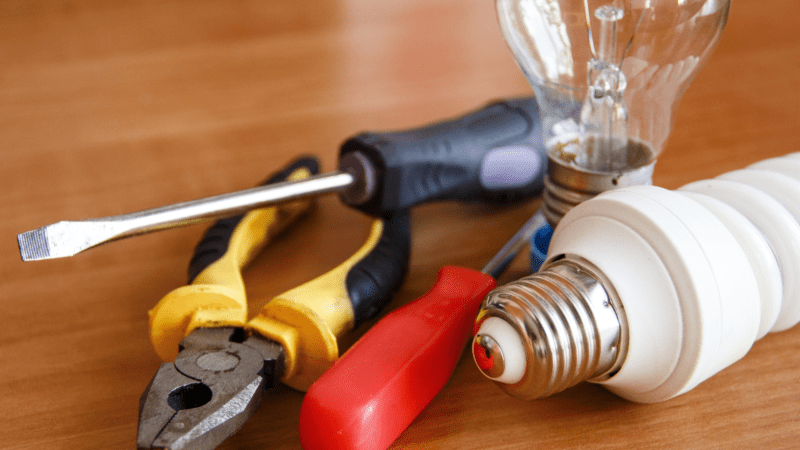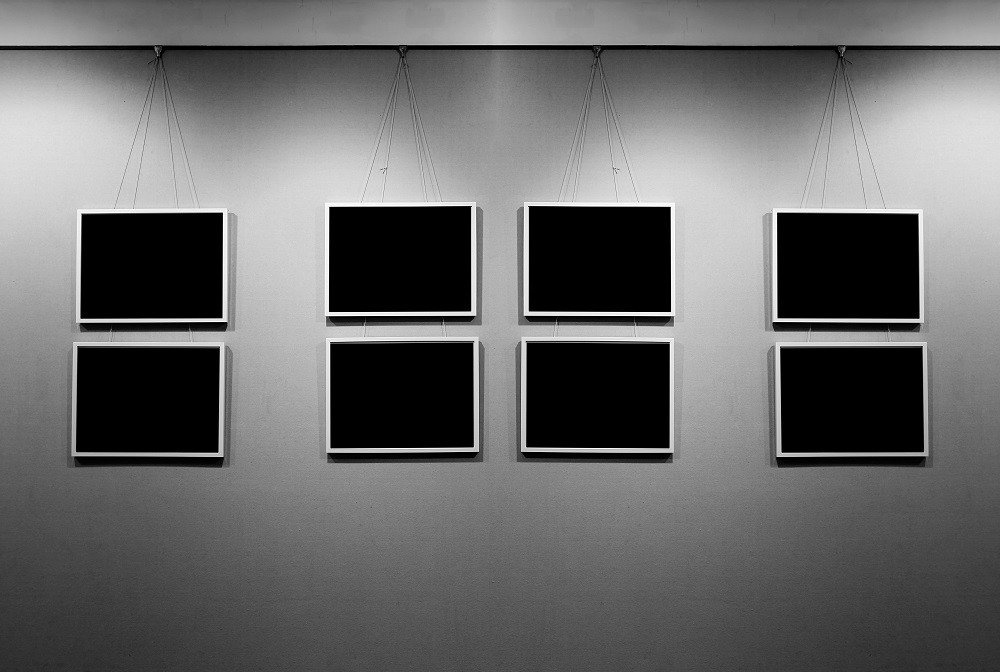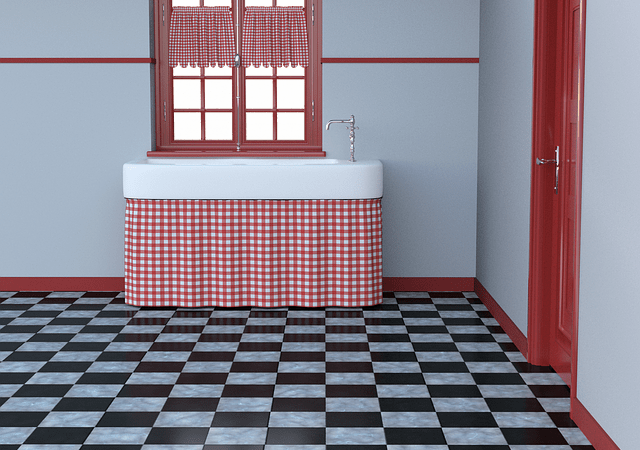Emergency Lights
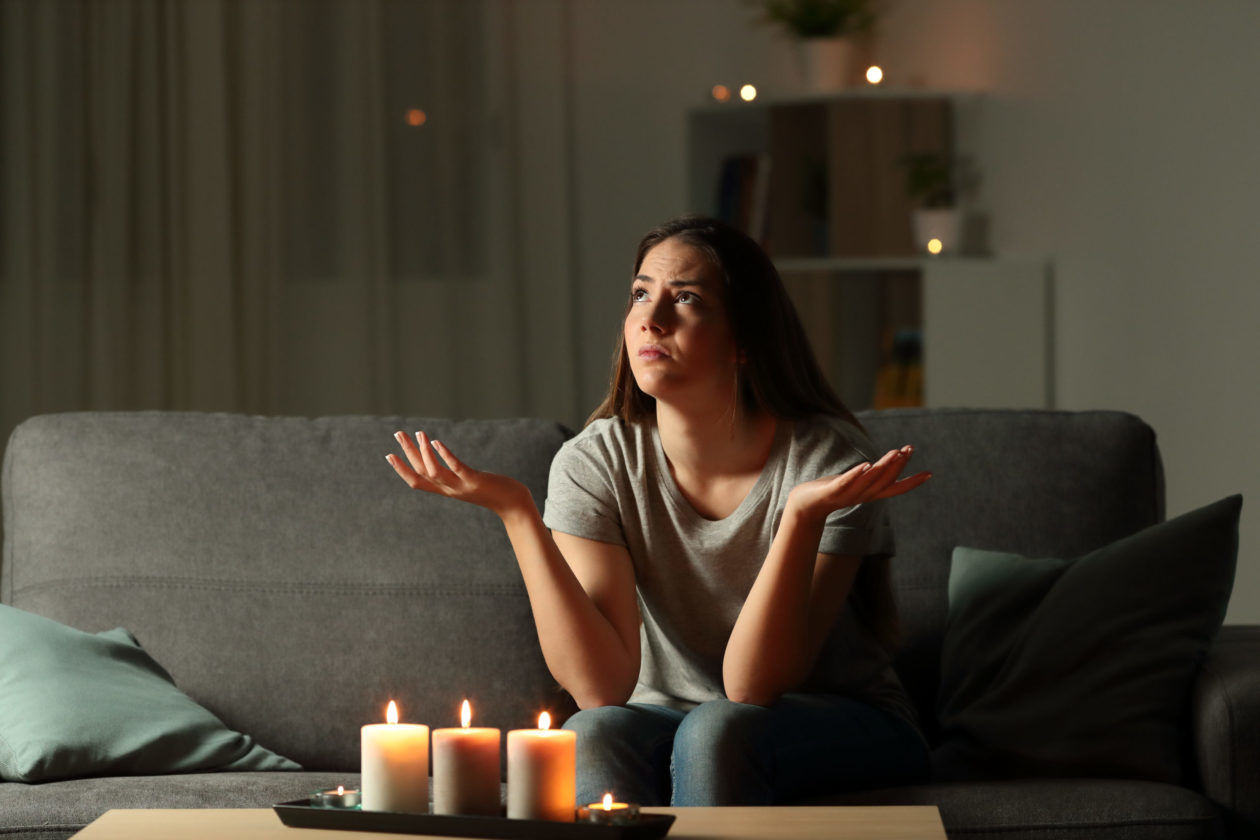
Most homeowners have night lights plugged in hallways or bathrooms – whether solar activated, neon smart or swivel, directional, rechargeable, or mini motion sensor detectors, these smaller units are fine to find the washroom in the middle of the night.
How well are you set up in your home in case of a possible power failure or emergency?
Emergency blackout lights are relatively inexpensive and available at most local hardware stores. The photocell technology reacts to, uses and converts light into electrical energy or flow of current through what is known as light dependent resistors or LDR.
Models come with the option of night light functions, turning on at sunset for extra security, and off at sunrise. Emergency blackout lights typically use a 6V lead acid battery and have technology to come on as soon as the power fails or the device is unplugged.
They are efficient at providing from 8 to 12 or more hours of light on full charge. Depending upon whether you are using 6 LEDs, or set to half power with 3 LED lights. They can also be unplugged if you are looking to conserve energy.
What’s easy about them is that they are maintenance free, and just require plugging in directly with no wiring to concern yourself with. Some units come with swivel heads so you can adjust the direction of the light.
These lights are handy for camping trips as portable models, working in darker corners of the garage or basement, additional night-light in your backyard, or for those emergency situations if the power fails. Units will typically light an area of 1,000 sq. feet reasonably well.
Emergency lights should be part of any home’s fixtures, these lights are economically priced, and a few might be advantageously. They are easily installed in several locations around your home just in case of a power outage.



